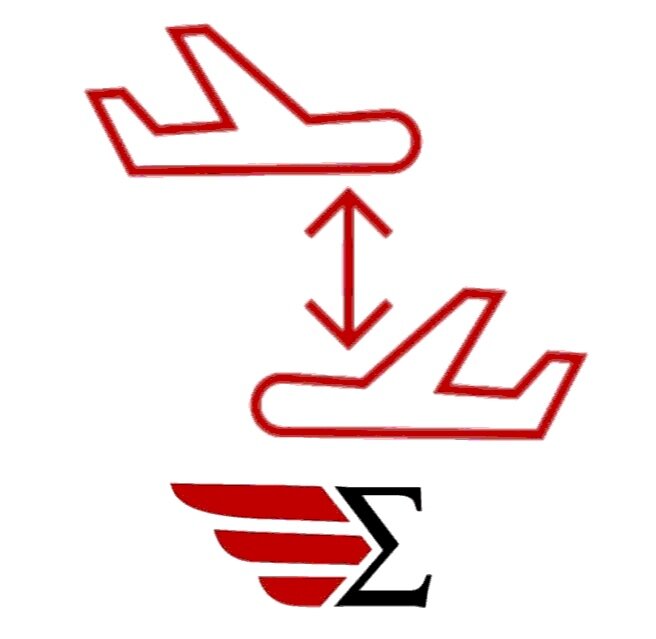What is RVSM? Why is it important? What do I need to do to be compliant?
Reduced Vertical Separation Minimum (RVSM) is defined as the reduction of vertical space between aircraft from 2,000 to 1,000 feet at flight levels from 29,000 feet up to 41,000 feet.
Flying in RVSM airspace helps save fuel and reduces flight level congestion. With the increase in airspace usage each year, the airspace rules must evolve to maintain air travel safety. The International Civil Aviation Organization (ICAO) and its member states first mandated the implementation of RVSM in the North Atlantic in March 1997. Aircraft RVSM Monitoring assesses the technical risk of the aircraft operating in the airspace between FL290-FL410. If the aircraft height-keeping performance is maintained within the expected error tolerance, the aircraft is considered safe for RVSM flight and should pose no additional risk to other aircraft operating in RVSM.
How often is a monitoring flight required? 24 month or 1000 hours – whichever happens later.
What do I need to do to become compliant? Call Sigma Aviation to send one of our RVSM Specialists to install the Enhanced 2 GPS-Monitoring Unit (E2GMU). The monitoring flight requires approximately 30 minutes of straight and level flight between FL290-FL410.
I live in the U.S. or Canada, can I still monitor my RVSM and be compliant by flying over an AGHME location?
The FAA and NAV CANADA have ground based monitoring systems in locations in the United States and Canada. The AGHME network can provide RVSM monitoring for Mode S transponder equipped aircraft that fly over the specified system location, however as of August 2020 all the locations have a system outage except for Ottawa, Ontario, and Atlantic City, New Jersey, which remain in service. Go to the following FAA website for updates. https://www.faa.gov/air_traffic/separation_standards/aghme/locations/
RVSM Approvals and AGHME Monitoring Status Results can also be found on: https://www.faa.gov/air_traffic/separation_standards/naarmo/rvsm_approvals/
The changes for RVSM authorizations in the U.S. allow the FAA to leverage the technology in ADS-B Out systems to monitor altitude-keeping performance on RVSM-capable aircraft whenever they fly in U.S. ADS-B airspace. Properly equipped aircraft can conduct RVSM operations immediately, lowering costs and eliminating the delays associated with application processing. ADS-B became mandatory for aircraft operating in most U.S. airspace on January 1, 2020.
The current RVSM approval process is still be available for operators whose airplanes do not routinely operate in airspace where the FAA has sufficient ADS-B data to determine RVSM performance, or when a foreign country requires a specific approval.
Source: faa.gov
RVSM, Sigma Aviation, Flight Monitoring

